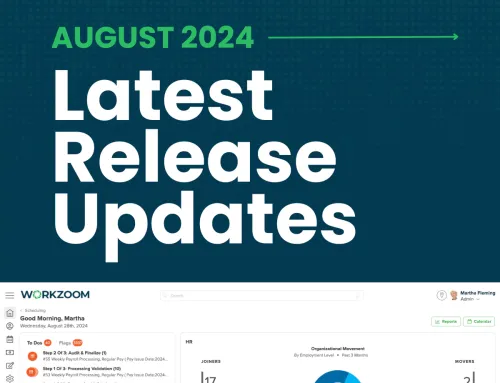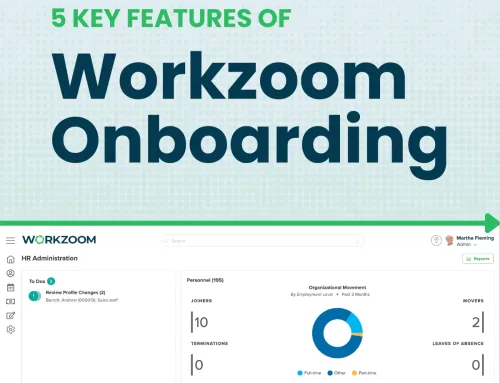Effective scheduling is the backbone of smooth operations, yet many organizations stumble when it comes to mastering this critical task. Whether it’s a manufacturing plant or a retail store, even small missteps in scheduling can lead to major disruptions, decreased productivity, and unhappy employees. Here are five common scheduling mistakes that could be harming your operations.
1. Ignoring Employee Availability
One of the biggest scheduling blunders is failing to account for employee availability. When schedules are created without considering when employees can actually work, it leads to last-minute changes, unexpected absenteeism, and overworked staff. This not only stresses employees but also forces managers to scramble to fill shifts, which can result in costly overtime or understaffed shifts.
Tip: Use scheduling tools that allow employees to input their availability ahead of time. This ensures you have the right people available when you need them, reducing last-minute chaos.
2. Inefficient Vacancy Filling
Vacancies happen—whether it’s due to unexpected absences, turnover, or seasonal fluctuations in demand. But how quickly and efficiently you fill those vacancies can make or break your operation. Delays in filling shifts can lead to reduced service levels, missed deadlines, or even safety issues if essential roles aren’t covered.
Tip: Develop a streamlined process for filling vacancies. This might include a list of on-call employees, automated alerts for open shifts, and a clear communication plan for when gaps need to be filled quickly.
3. Neglecting Compliance
Scheduling isn’t just about filling shifts; it’s also about staying within legal guidelines. Many industries have strict regulations around working hours, break times, and overtime. Ignoring these compliance requirements can lead to legal issues, fines, and a tarnished reputation.
Tip: Implement a scheduling system that automatically tracks and flags compliance issues. This helps you avoid costly mistakes and keeps your operation within legal boundaries.
4. Overlooking Time-Off Management
Time-off requests are inevitable, but failing to manage them effectively can wreak havoc on your schedule. If time-off is not tracked properly, you might end up with too many employees off at the same time, leaving you short-staffed and struggling to meet operational needs.
Tip: Use a centralized system to track and approve time-off requests. This not only helps ensure adequate coverage but also boosts employee satisfaction by showing that their requests are being managed fairly.
5. Relying on Manual or Outdated Methods
In today’s fast-paced work environment, relying on manual or outdated scheduling methods can slow down your operations and lead to errors. Spreadsheets and paper-based schedules are prone to mistakes and make it difficult to quickly adapt to changes.
Tip: Invest in modern scheduling software that offers real-time updates, mobile access, and integration with other systems like payroll and time-tracking. This not only reduces errors but also saves time and improves communication across your team.
Conclusion
Avoiding these five scheduling mistakes can make a significant difference in your operational efficiency. By paying close attention to employee availability, efficiently filling vacancies, staying compliant, managing time-off effectively, and upgrading your scheduling methods, you’ll set your operation up for success. It’s not just about filling shifts; it’s about creating a system that supports both your employees and your business.










